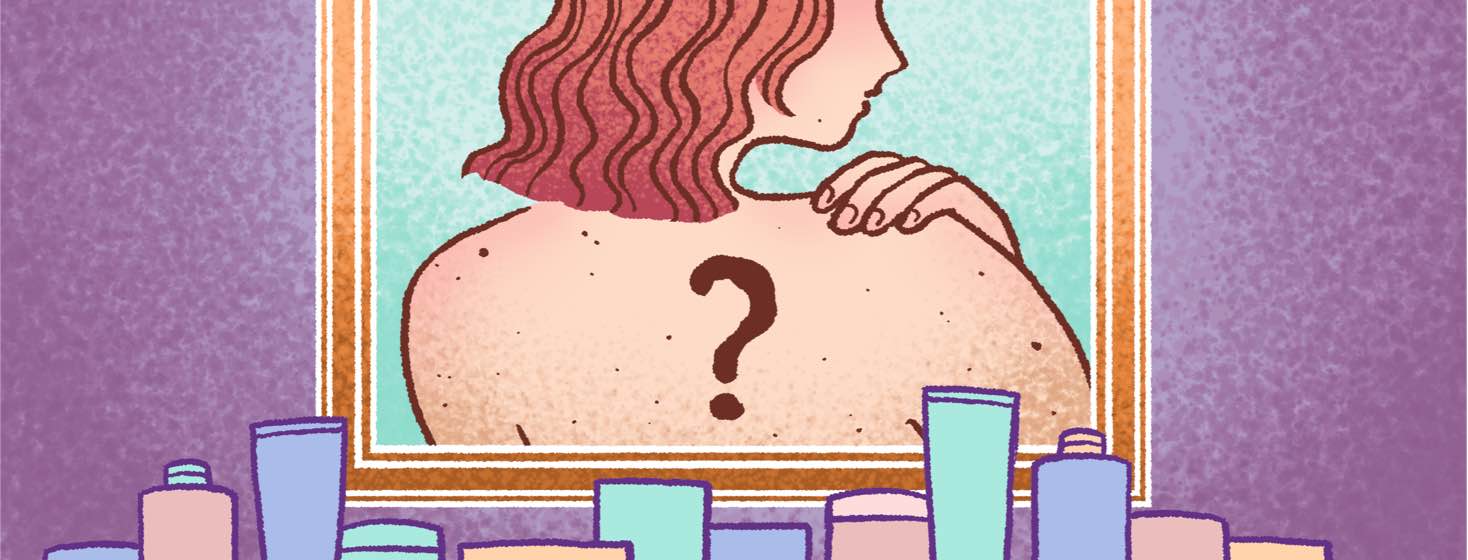Is a Seborrheic Keratosis Skin Cancer?
I have a spot on the back of my arm that I don’t like. It’s not a mole, and it’s not overly large, but it does not look normal to me.
Consulting my dermatologist
I’ve pointed it out to my dermatologist numerous times. I tell her that I’m worried about it, and each time she tells me that there's nothing to worry about. Every time I’ve shown her the spot, she tells me it is seborrheic keratosis. She said that it is not cancerous, and it will not turn into a cancerous area.
Wanting it removed
Even though I have asked her several times to remove it, she will not do so because it’s not actually causing any problems. I tell her I don’t like how it looks; I tell her I think it’s ugly. But for my health insurance company, that’s not enough of a reason to remove it.
So what is a seborrheic keratosis?
If it isn’t skin cancer, what exactly is seborrheic keratosis? I did a little research on it since I don’t know too much about them (other than my dermatologist repeatedly telling me mine isn’t a cause for concern). According to the Mayo Clinic, a seborrheic keratosis is simply a benign skin growth.1
What do they look like?
A seborrheic keratosis can range in color from light tan to brown or black. Their texture can be smooth and waxy, or they can be bumpy and rough. They can also be either tiny or can grow to larger than 3 centimeters in diameter. They can sometimes look like warts, they can sometimes look like irregular moles, and they can be mistaken for skin cancer. And, in the case of mine, they can look like a growth that is stuck on the skin. For reference, click here to view some photos, but keep in mind not all may look like these.
Who gets them and where?
Seborrheic keratoses are common, especially as a person ages. They can either appear in groups or as a single growth. It’s common to find them on the head, neck, chest, or back. Mine is on the back of my arm, and I have had it since I was in my 20’s.
Are they harmful?
The Mayo Clinic indicates that seborrheic keratoses are not harmful, and they are not contagious. They also don’t need treatment (although I did find a “home remedy” online that involves hydrogen peroxide and duct tape, but I would not recommend that). Mayo Clinic does recommend that people see their doctor, though, if they have many growths develop over a short time, or if the area bleeds. A common cause of bleeding is that the area is being irritated by clothing, and your doctor may decide to remove it if that is the case.1 If you do have a seborrheic keratosis, be careful to not scratch it or pick at it.
What if they need to be removed?
If you do need your seborrheic keratosis removed, your doctor may remove it by cryosurgery (freezing it with liquid nitrogen), by curettage (scraping the skin’s surface after numbing the area), or by burning it with an electrical current (electrocautery) after numbing the area. Curettage and electrocautery may also be a combined treatment, especially for thicker areas.
Seborrheic keratoses are a part of me
As for me? Mine doesn’t bleed, so I’m stuck with it, but I’m sure I’ll continue to ask my dermatologist about it each time I go for a skin check.

Join the conversation